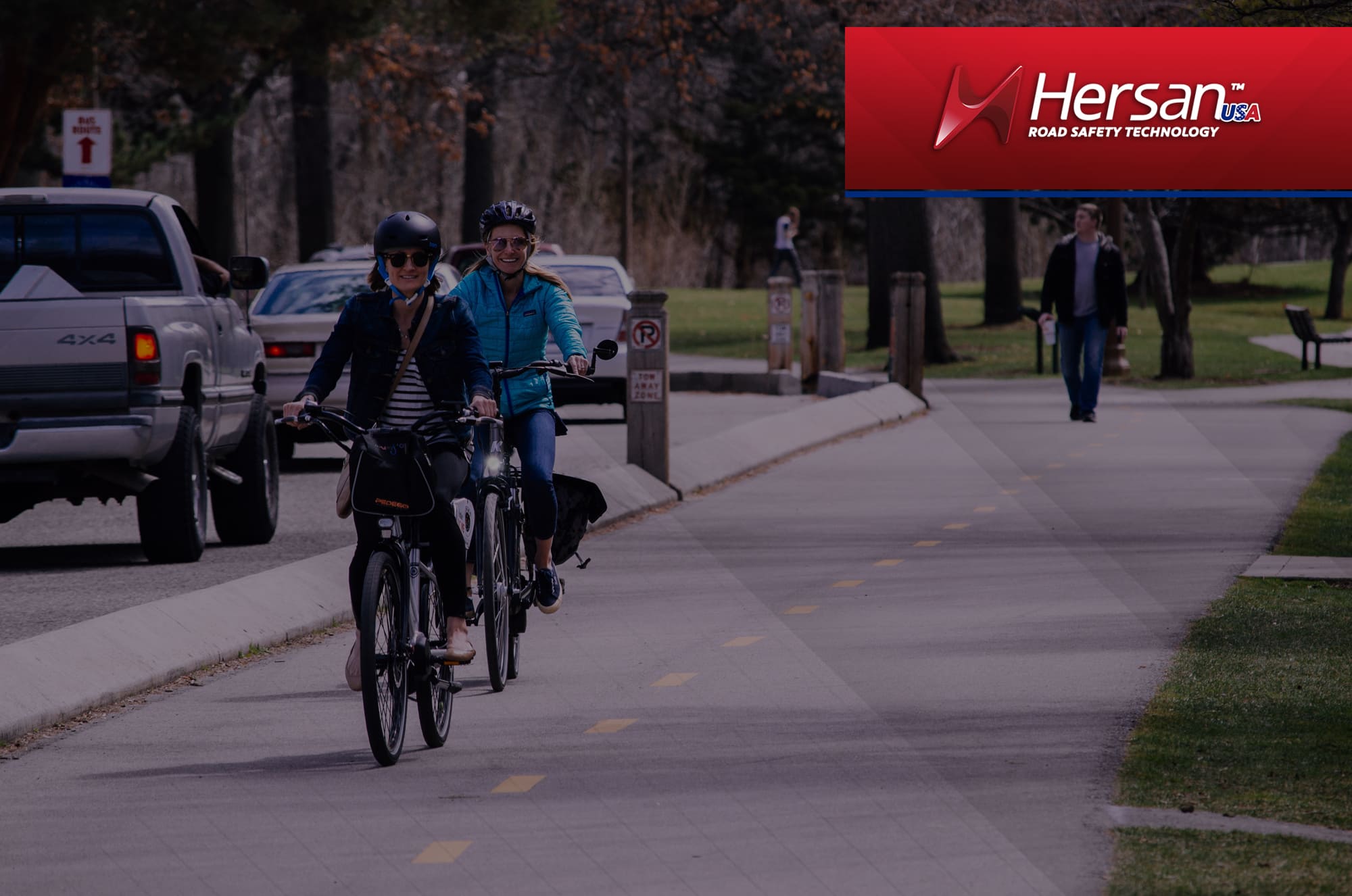Urban cycling has existed for many years, providing people with an easy means of transportation and a popular recreational activity worldwide. Primarily, urban cycling involves using bicycles as a mode of transport within cities. Whether the main goal is to move from one place to another, it is generally used for short distances. This use of cycling has become a recreational activity and is very popular worldwide. Both children and adults enjoy riding around the city to see the sights, relax, and exercise.
History of Urban Cycling
The history of cycling is extensive and complex. In 1817, Karl von Drais made the first significant development by creating the first bicycle prototype, earning him recognition as the father of the bicycle. However, the bicycle as we know it today has evolved since the 19th century, thanks to the work of various inventors. Eugène Meyer and James Starley introduced new models with only one large wheel in the front. Finally, in 1885, the Englishman John Starley (nephew of James Starley) perfected a design featuring equal-sized wheels at the front and rear, with a chain drive. Soon after, new developments in brakes and tires established the basic model that became the modern bicycle we all know.
The boom in bicycle use began in the 1890s when people started seeing the bicycle as the first private and economical means of transportation within cities and towns. Compared to horses, which were expensive at the time, and automobiles, which were not commercially available as they are today, the use of bicycles grew over the years. Consequently, more people began to see cycling as not only a fun activity but also a useful one.
Benefits of Urban Cycling
Urban cycling benefits everyone, particularly health-wise. Riding a bike in the city helps improve coordination, posture, burn calories, and reduce stress and anxiety. It also helps reduce pollution since using a bicycle instead of a car greatly benefits the environment. Biking keeps your city clean and significantly decreases air pollution. Additionally, there are economic benefits, as you don’t have to worry about gas expenses or costly parts that wear out and need replacement, as with a car. You'll also save on maintenance costs for your bicycle.
Safety Equipment
It’s also essential to know about the basic safety equipment necessary for this mode of transport, obviously for your safety. The most commonly used safety accessories for this activity include:
- • Helmet: Designed to be very comfortable and adaptable to various accessories for cyclists.
- • Gloves: Provide a better grip and protect your skin in case of a fall.
- • Front and Rear Lights: Vital for protecting yourself from nearby cars and making your presence known.
- • Reflective Clothing: Increases visibility.
- • Mirrors: Allow you to stay alert to your surroundings.
- • Bell or Horn: Helps signal your presence to other vehicles.
- • Knee and Elbow Pads: Protect your joints in case of a fall.
- • Sunglasses: Shield your eyes from the sun.
- • Lock: Ensures you can take your bike anywhere without worrying about theft.
- • Tool Kit: Prepares you for any incident or technical failure your bike might have.
Even today, insurance for cyclists exists. On the street, we are often exposed to uncontrollable risks, so it is advisable to be prepared and have some type of insurance. Various coverages, deductibles, and payment methods are available to choose the one that best suits your needs.
Don't miss the second part of our blog, where we'll discuss the different types of bicycles and their uses.
Visit "our page" for more information.
Follow us on social networks


